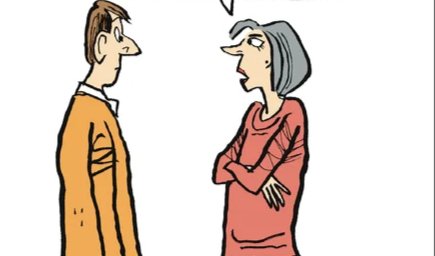Licensing Models: Snoopy and Garfield vs. Calvin and Hobbes
Skip to commentsThe way most people interact with their favorite newspaper comics isn’t by sitting down with the funny pages or with a comic app. In fact, it’s not even with a comic at all. It’s with the merchandise and other licensed products featuring these favorite comic characters, which let them walk off the pages and into peoples’ lives.
Bill Watterson had a different idea than fellow cartoonists Charles M. Schulz and Jim Davis on how to, or should they, capitalize on the popularity of their comic strips Calvin and Hobbes, Peanuts, and Garfield respectively.

Schulz thought that if the creator continued to create the comic by themselves and oversee the licensing products, it would still be possible to maintain the integrity of a comic strip and license it in valuable ways, both financially and creatively. Most readers and critics agree with Schulz, at least in his specific case: Schulz continued creating comics up to his death, and Peanuts delighted newspaper readers to the last panel.

im Davis is largely of the same mind as Schulz. However, Davis doesn’t believe as much in single-handedly producing the Garfield comic strip; he took a cue from Schulz’s other point and decided to run a licensing empire that he controlled instead of the syndicate distributing Garfield’s strips. As this empire grew, most readers and critics would say the strip declined, still displaying strong craft in the visuals but lacking in depth and humor. But it’s still read widely today, so something in this approach paid off for the comic strip itself.

Bill Watterson could have followed in the footsteps of these two highly successful cartoonists. But he didn’t want to sacrifice the purity of his art, even when Calvin and Hobbes broke out as one of the most popular comics, ranking in the same top tier as Peanuts and Garfield. He didn’t want parade balloons, cartoons, or toys. Instead, his one goal was to create a comic that he believed in a comic that others would read and remember for his authentic voice. He needed Calvin and Hobbes to be a magical experience that wasn’t tainted by capitalism’s desire to commodify.
CJ Standal goes deep into examining the licensing attitudes of Charles Schulz, Jim Davis, and Bill Watterson for Cartoonists Cooperative.
Even accepting Davis’s point that merchandise considerations can lead to a better comic, it surely isn’t true for all the merchandise and licensing Davis has done. That’s partly because it seems like Davis hasn’t turned any licensing offers down–he didn’t give an answer to this when asked by Martell about what ones he’d turned down. Instead, he said that toilet seats were the weirdest licensing offer he got: “Litter boxes made sense to me, but toilet seats…that was a bit of a stretch,” although he admitted that “we did the product.”
The Amazon best selling comic strip books at the time of this posting:



Comments 2
Comments are closed.